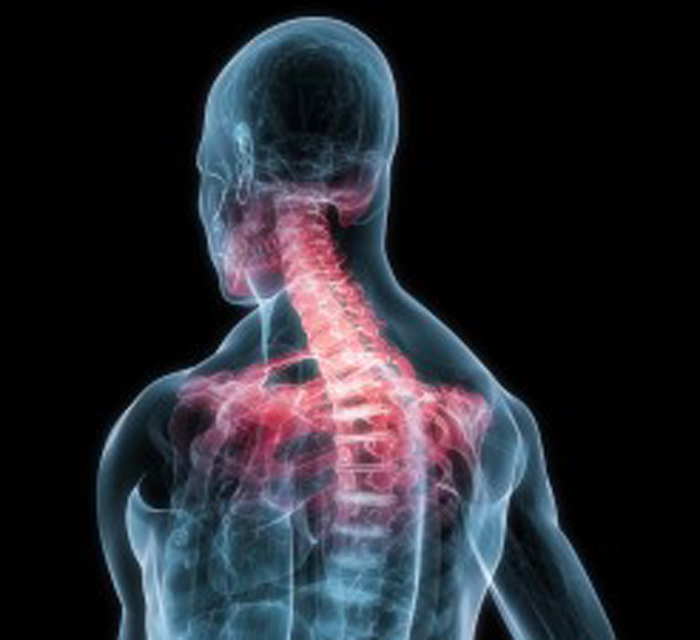Manual Therapy With and Without Vestibular Rehabilitation for Cervicogenic Dizziness: A Systematic Review
SOURCE: Chiropractic & Manual Therapies 2011 (Sep 18)
Reidar P Lystad, Gregory Bell, Martin Bonnevie-Svendsen
and Catherine V Carter
Department of Chiropractic,
Macquarie University,
Sydney, Australia.
reidar.lystad@mq.edu.au
BACKGROUND: Manual therapy is an intervention commonly advocated in the management of dizziness of a suspected cervical origin. Vestibular rehabilitation exercises have been shown to be effective in the treatment of unilateral peripheral vestibular disorders, and have also been suggested in the literature as an adjunct in the treatment of cervicogenic dizziness. The purpose of this systematic review is to evaluate the evidence for manual therapy, in conjunction with or without vestibular rehabilitation, in the management of cervicogenic dizziness.
METHODS: A comprehensive search was conducted in the databases Scopus, Mantis, CINHAL and the Cochrane Library for terms related to manual therapy, vestibular rehabilitation and cervicogenic dizziness. Included studies were assessed using the Maastricht-Amsterdam criteria.
RESULTS: A total of fifteen articles reporting findings from thirteen unique investigations, including five randomised controlled trials and eight prospective, non-controlled cohort studies were included in this review. The methodological quality of the included studies was generally poor to moderate. All but one study reported improvement in dizziness following either unimodal or multimodal manual therapy interventions. Some studies reported improvements in postural stability, joint positioning, range of motion, muscle tenderness, neck pain and vertebrobasilar artery blood flow velocity.
DISCUSSION: Although it has been argued that manual therapy combined with vestibular rehabilitation may be superior in the treatment of cervicogenic dizziness, there are currently no observational and experimental studies demonstrating such effects. A rationale for combining manual therapy and vestibular rehabilitation in the management of cervicogenic dizziness is presented.
CONCLUSION: There is moderate evidence to support the use of manual therapy, in particular spinal mobilisation and manipulation, for cervicogenic dizziness. The evidence for combining manual therapy and vestibular rehabilitation in the management of cervicogenic dizziness is lacking. Further research to elucidate potential synergistic effects of manual therapy and vestibular rehabilitation is strongly recommended.
You may also enjoy the
Background
Dizziness is a non-specific symptom that is commonly encountered by primary health care practitioners [1], and the prevalence has been reported to be between 11.1% and 28.9% [2-5]. It can be experienced as faintness, unsteadiness, perception of spinning and disorientation [6-8]. The mechanisms producing these symptoms are multiple and can involve several different organ systems. Ardc, Topuz and Kara [9] reported the most frequent diagnosis of patients suffering from dizziness to be benign paroxysmal positional vertigo, endolymphatic hydrops, migraine, central decompensation, acute vestibulopathy and autonomic dysfunction. Furthermore, it is not uncommon for patients experiencing dizziness to have more than one diagnosis. Dizziness is commonly seen in whiplash patients, affecting 20-58% of individuals with flexion-extension injuries [10].
Read the rest of this Full Text article now!



Absolutely true. I have had patients with 10+ yr histories of vertigo receive 80% resolution of their complaint after just one treatment. With proper follow-up they have been 100% resolved.
One lady told me, she never knew chiropractors could treat vertigo. After I explained the canoliths to her, she fully understood and said “that makes perfect sense.”